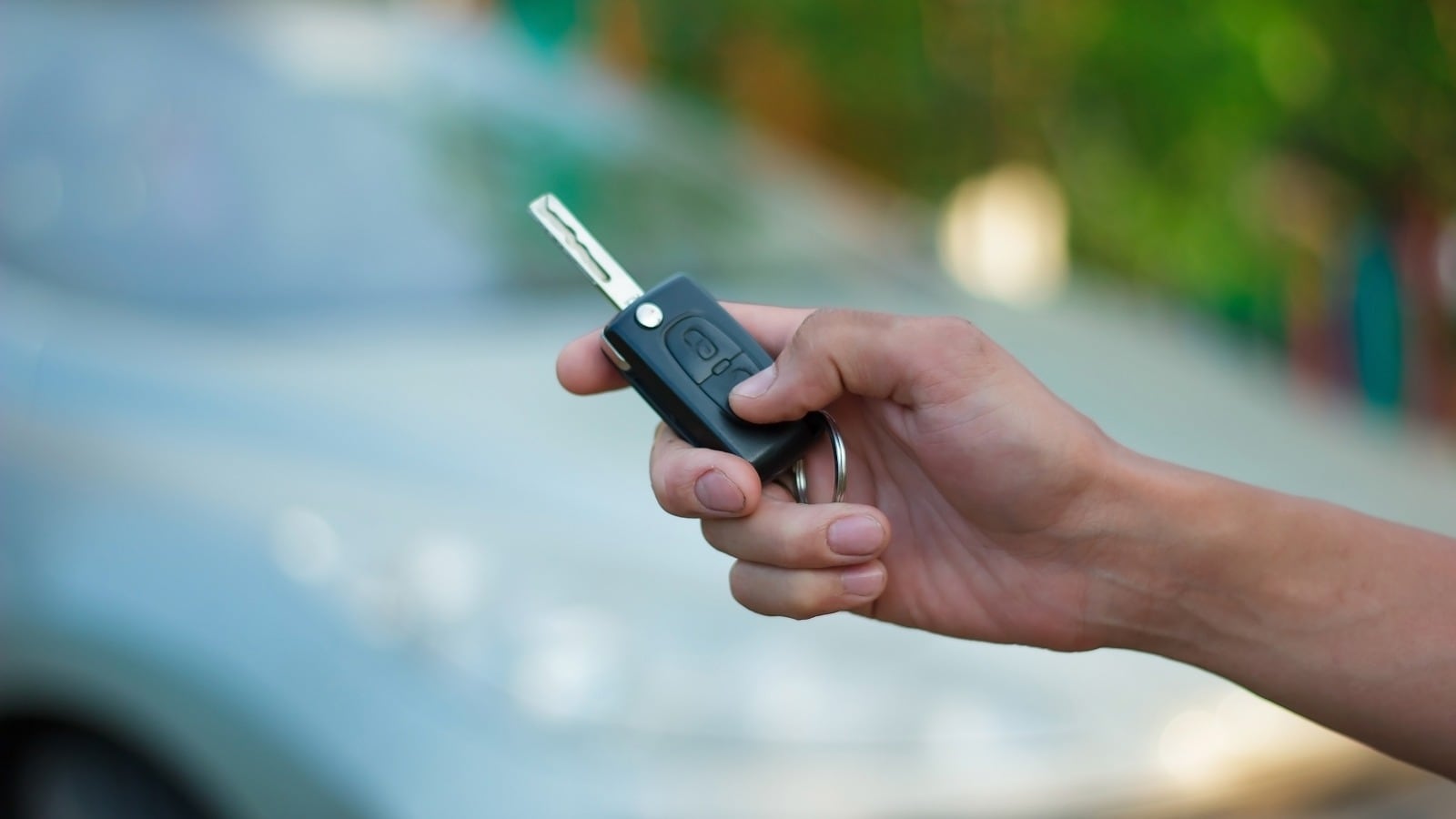Anyone who has ever sold a car or truck to a private party knows that dealing with individual buyers can be a hassle. The potential buyer you have spoken with on the phone or exchanged emails with may not materialize. Or your interested party may be adamant about sticking to some low-ball offer you would never consider. Then there is the off chance that you could inadvertently invite some crazy person to test drive your car.
That is why many people opt to sell their vehicles to dealerships to make the selling experience as quick and painless as possible. Many people assume that you need to purchase a vehicle from a dealer to sell one there, but that’s not the case. Which is right for you? It really depends on what car you want to sell, whether an older car with some problems, a more recent model you’d like to trade up for something brand new, or a classic you inherited from your grandmother’s estate but don’t want to keep. Every situation is different, but where there’s a will, there’s a way. Read on to get advice for selling your used car to a dealership.
Tips For Selling to a Dealership
- Be Realistic
- Know What Your Vehicle Is Worth
- Try Kelley Blue Book’s Instant Cash Offer
- Get Your Paperwork Together
- Find a Dealer That’s a Good Fit
- Look at Dealer Inventory
- Obtain Several Quotes
- Don’t Take Too Long
- Are You Selling a Specialty or a Classic Car?
1. Be Realistic
You may think your car or truck is a real peach, and maybe it is. But step outside of yourself and evaluate its condition as a potential buyer would see it. Is everything working the way it should? If not, you might consider getting that busted window switch and squeaking belt fixed prior to bringing your car before a dealer’s ever-critical, seen-it-all eye. Before presenting your vehicle to a dealership, get the most money from your car sale by cleaning it inside and out. Consider a thorough detailing. For older cars, getting a mechanical inspection is always a good idea, so the condition you’ve presented matches the vehicle’s condition and desirability.
2. Know What Your Vehicle Is Worth
RELATED: How to Sell a Car: 10 Steps for Success
3. Try Kelley Blue Book’s Instant Cash Offer
You can get cash offers from Kelley Blue Book participating dealers by entering some basic information about your vehicle – VIN, mileage, and an accurate description, among other parameters. If the vehicle’s condition matches your description, the dealer will pay you what was offered. If your description was a little over-optimistic, the dealer will adjust the price down to meet a more realistic appraisal. You are, however, free to take the deal or walk away.
4. Get Your Paperwork Together
5. Find a Dealer That Is a Good Fit
Determine which dealerships would want to buy your vehicle. An older car with a few mechanical problems won’t be a big hit with the pre-owned staff at an Audi dealership and will be more appropriate for a dealership specializing in older cars.
If you get your car serviced at a dealership, that can be a good place to start asking (although that dealer may or may not want your car). Also, you can observe what people are driving in given geographical areas, providing you with clues as to where there’s demand for your car. Your 2019 BMW 5 Series may be hot stuff in the city, but maybe it won’t fare as well in a place where most people drive pickup trucks. Dealerships, unlike private party buyers, want vehicles they can sell.
6. Look at Dealer Inventory
When you’re researching dealers to approach, find out what they have on the lot. You can usually do this online. A dealership that’s flooded with the type of car or truck you’re trying to sell may not offer you as good a price as one with more demand for it.
7. Obtain Several Quotes
Just like you should do when looking for a plumber to fix a leaking toilet, you should get a few different quotes to use as bargaining power. Most car dealers will hold their price for several days. Try visiting dealers in different areas to take advantage of various market preferences, and don’t be afraid to use one dealer’s price to try and get more from another.
RELATED: Is Now the Time To Buy, Sell, or Trade-In a Car?
8. Don’t Take Too Long
Market conditions can change overnight, so if you take too long, the offer you got a few days ago may no longer be valid. Besides, part of the reason you’re selling to a dealer is to streamline the selling process and unload your car quickly.
9. Are You Selling a Specialty or Classic Car?
The mint 1970 Chevrolet Monte Carlo your father willed to you may not be something a BMW dealership would be interested in, but a Chevrolet dealership might like to display the vehicle in its showroom. It all depends on the car you’re selling, and what the dealership decides. If you have a rare or exotic car, working with a dealership specializing in that type of car may be the best way to sell it. Whatever the case, don’t be afraid to ask; the worst they can do is say no.
PRO TIP: Use our sister site Autotrader’s Classic Cars marketplace to list your vehicle.




